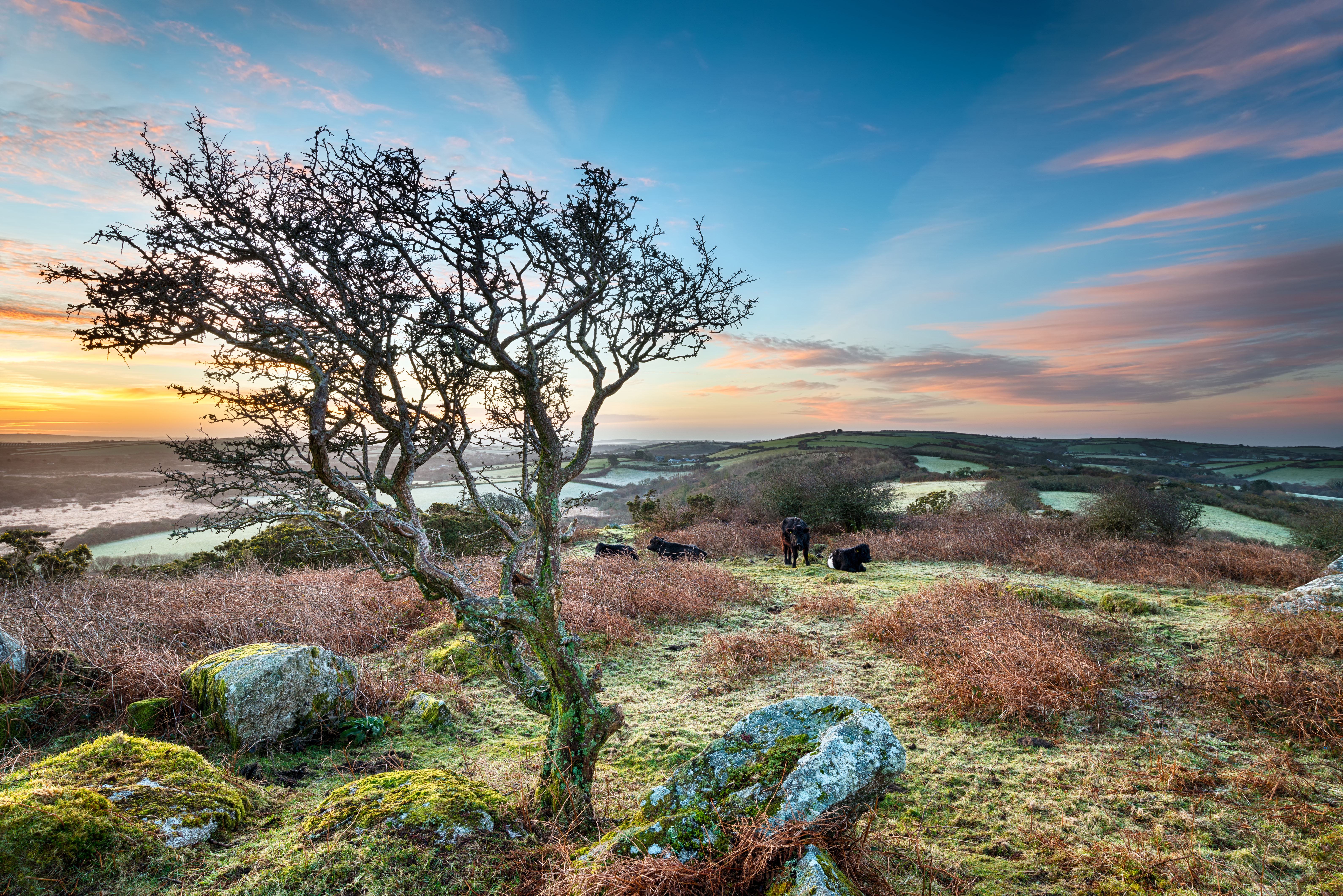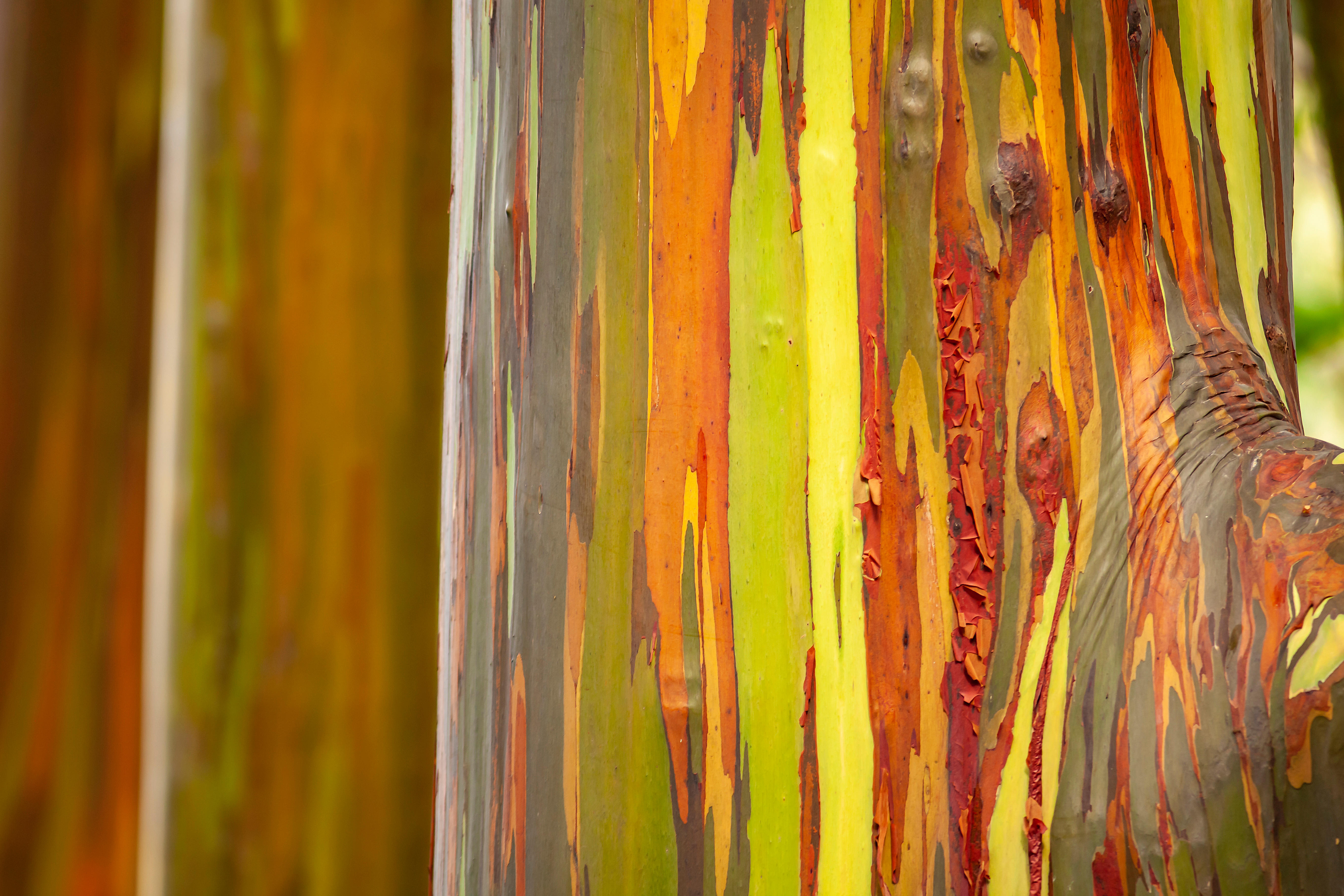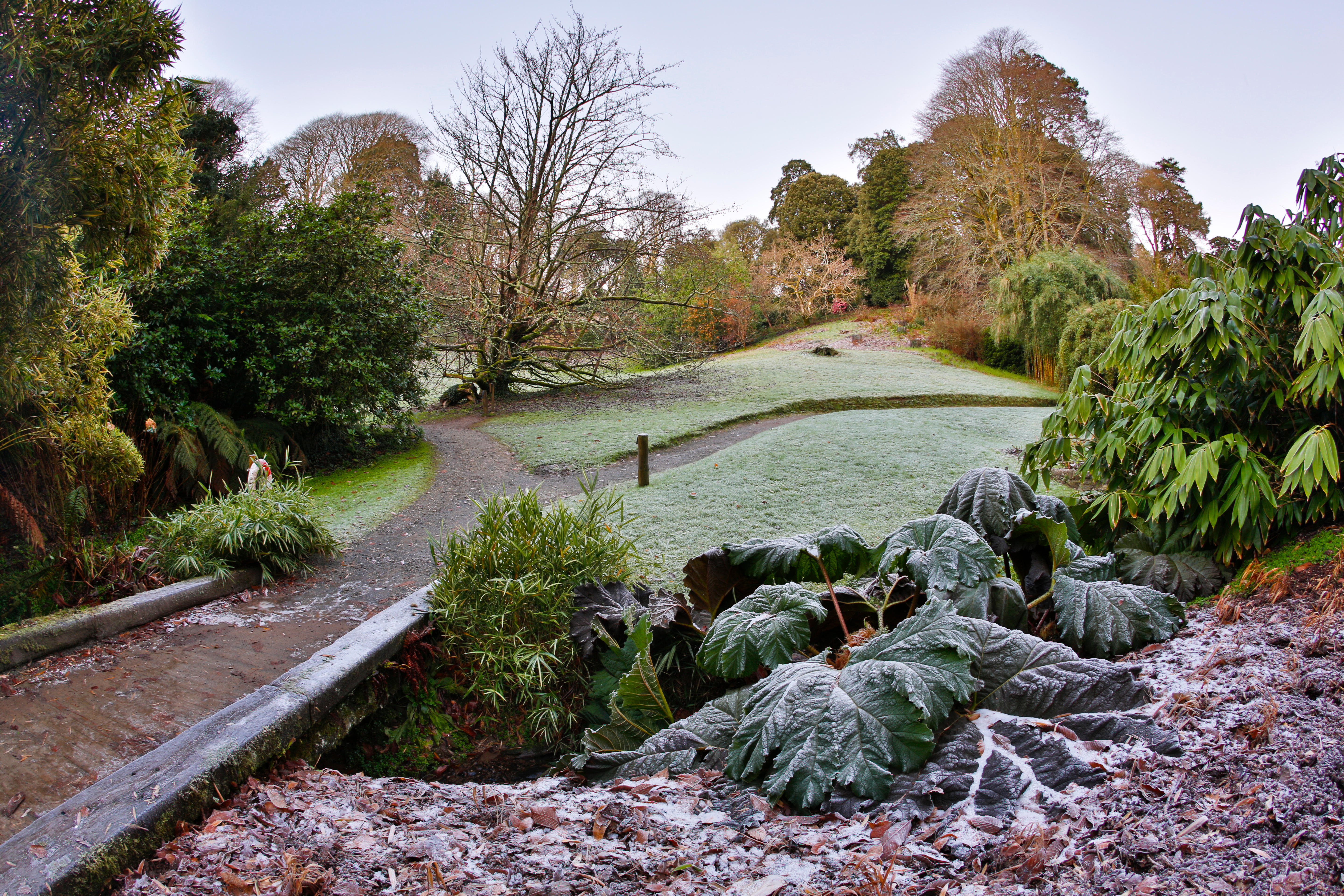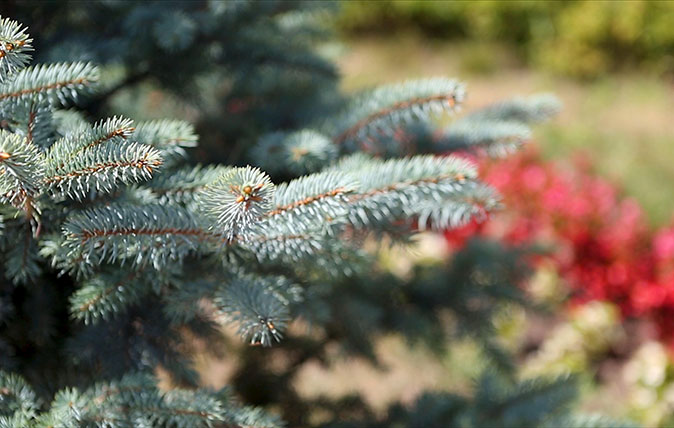Jurassic bark: The 200 million-year-old trees rescued from extinction and now thriving across Britain
The Wollemi tree thrived hundreds of millions of years ago, and was thought to have disappeared some 90 million years ago — but a chance discovery brought it back, and it's now thriving in Britain as Annunciata Elwes reports.


Saplings of rare Wollemi pine trees dating back to the time of the dinosaurs have been shipped to 34 locations around the world — 28 in the UK and Europe — for the first phase of a ‘metacollection’ initiative to protect the species from extinction. Six were installed at Bedgebury National Pinetum in Kent in October, with another six planted at Bodnant Garden, north Wales, last week; a further 10 UK gardens taking part include Yorkshire Arboretum, RHS Garden Wisley in Surrey, Westonbirt’s National Arboretum in Gloucestershire and the Royal Botanic Gardens at Edinburgh.
Known as the ‘dinosaur tree’ because fossil records show it was thriving 200 million years ago, Wollemia nobilis was thought to have been extinct for up to 90 million years, until 1994, when a little collection was discovered growing in a gorge in the Wollemi National Park in New South Wales by Australian explorer and botanist David Noble — dubbed ‘one of the greatest botanical discoveries of our time’. Today, there are fewer than 100 growing there, having narrowly escaped wildfires and disease. Meanwhile, scientists at the Botanic Gardens of Sydney have bred more than 170 ‘genetically diverse’ Wollemi saplings to be planted in the UK and Europe; separate collections of trees have been sent to Australia and America.
"These conservation efforts will help provide a vital insurance policy against the extinction"
It is hoped that planting the IUCN red-listed trees in specially chosen gardens with different climates might enhance their resilience, hindering extinction. To this end, new plantings will be monitored by Forestry England, the Botanic Gardens of Sydney and Botanic Gardens Conservation International. ‘Since the remarkable discovery of the Wollemi pine almost 30 years ago, the world has fallen in love with this curious conifer and we have been dedicated to safeguarding this rare species,’ explains Denise Ora, Botanic Gardens of Sydney chief executive.
‘Genetically diverse plantings aim to maximise health, longevity and adaptive resilience to climate change… Having genetically diverse Wollemi pines growing in botanic gardens around the world is a great example of how collaborative international conservation efforts will help provide a vital insurance policy against the extinction of this iconic tree in the wild.’
‘Replicating the gorge that Wollemi pines enjoy in the wild is not straightforward,’ adds Ned Lomax, Bodnant’s head gardener. ‘To plant the trees, the Bodnant Garden team carefully abseiled down the steep banks of the Dell, the sheltered, humid conditions of which should echo the gorge habitats that the pines enjoy in their natural range… it’s our hope that… [we can] be a real Welsh home from home.’
‘As we care for the Wollemi pines we plant,’ says Mike Seddon, Forestry England chief executive, ‘we’ll be able study the way they grow, learning with the other botanic gardens how they flourish outside Australia. The climate crisis means that across all continents many trees are facing urgent threats to their survival. We know that 34% of conifers are now endangered and our ongoing work to research, propagate and save tree species is more vital than ever.’

Alan Titchmarsh: The joy of identifying trees in winter from the merest scrap of twig
Our columnist Alan Titchmarsh gives thanks for the tough training he received half a century ago – and how it
Exquisite houses, the beauty of Nature, and how to get the most from your life, straight to your inbox.

Alan Titchmarsh: The stunning midwinter trees whose bark is better than their bite
Our columnist Alan Titchmarsh chats through the winter plants which will light up your garden like fireworks.

Credit: Alamy
Alan Titchmarsh: Why I hugged my trees on Christmas Day — and I don't care who knows it
Alan Titchmarsh explains why Christmas is such a very special day in his garden — and how he makes the most

Alan Titchmarsh: 'It came as a disappointment to Dad when I wanted to be a gardener, but he hid it well'
Alan Titchmarsh's father wasn't much of a gardener — but further back in his family tree were many green-fingered forbears, and

Growing your own Christmas tree: Alan Titchmarsh on what to plant and where to plant it
Why buy your Christmas tree when you can grow your own and enjoy these handsome, statuesque trees all year round?
Annunciata is director of contemporary art gallery TIN MAN ART and an award-winning journalist specialising in art, culture and property. Previously, she was Country Life’s News & Property Editor. Before that, she worked at The Sunday Times Travel Magazine, researched for a historical biographer and co-founded a literary, art and music festival in Oxfordshire. Lancashire-born, she lives in Hampshire with a husband, two daughters and a mischievous pug.
